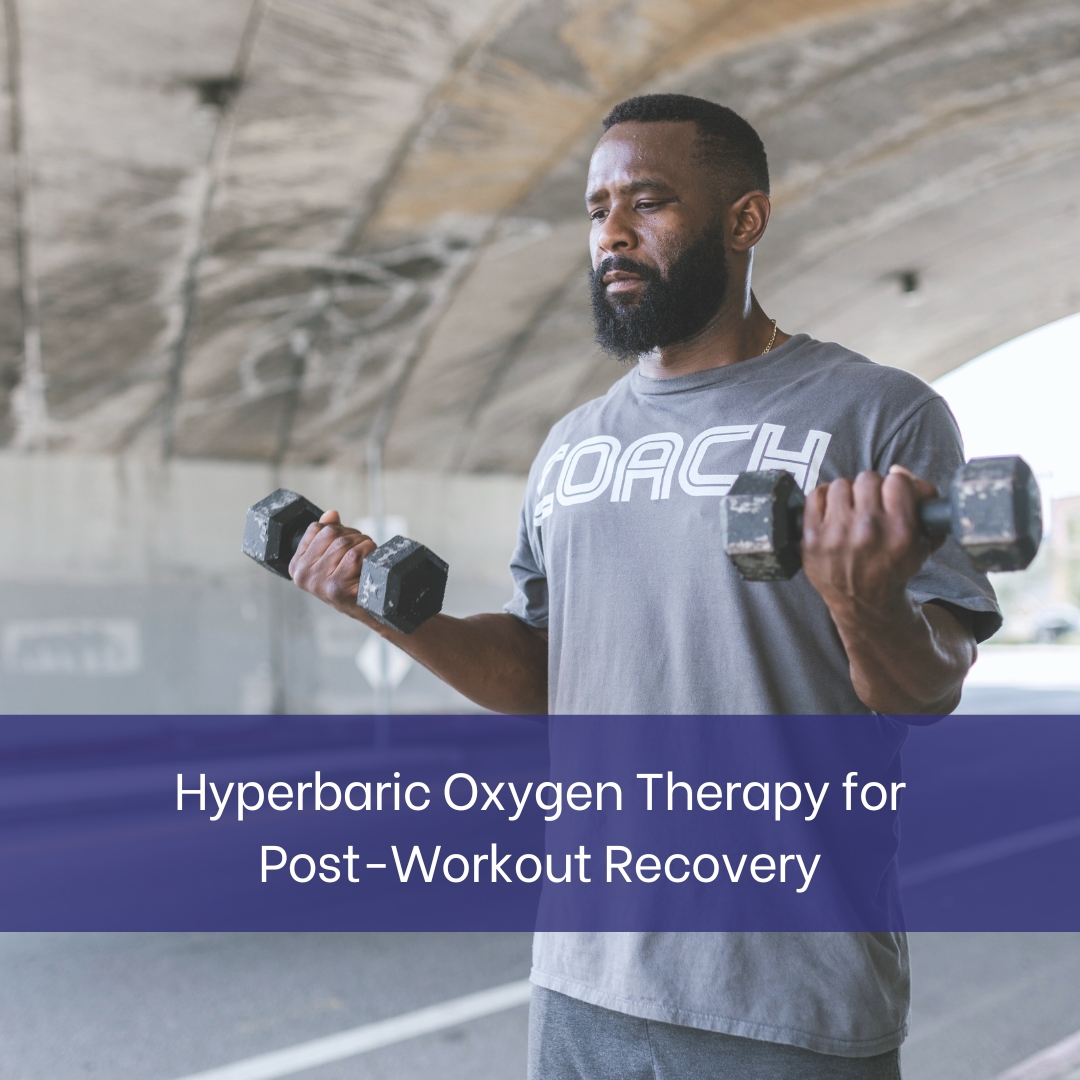
Recover Smarter: The Benefits of HBOT for Athletes and Fitness Enthusiasts
For athletes, fitness enthusiasts, and anyone regularly engaging in high-intensity physical activity, muscle soreness and fatigue are familiar challenges. While traditional recovery strategies like stretching, hydration, and rest remain essential, advanced therapies such as Hyperbaric Oxygen Therapy (HBOT) are gaining attention for their potential to accelerate muscle recovery and reduce downtime. This article explores how HBOT works and the benefits it may offer following intense exercise.
Understanding Post-Exercise Muscle Fatigue and Recovery
Intense physical activity places considerable strain on muscles, often leading to microscopic tears, inflammation, and the build-up of metabolic waste products like lactic acid. These factors contribute to muscle soreness, stiffness, and decreased performance in the days following a strenuous workout or competition.
The muscle recovery process involves reducing inflammation, clearing waste products, repairing damaged tissue, and restoring normal oxygen levels to fatigued areas. Delays or inefficiencies in this process can increase the risk of injury and hinder training progress.
What Is Hyperbaric Oxygen Therapy?
Hyperbaric Oxygen Therapy is a medical treatment that involves breathing 100% pure oxygen in a pressurized chamber. Under increased atmospheric pressure, the lungs can absorb significantly more oxygen than under normal conditions. This oxygen-rich blood is then delivered throughout the body, including to areas of muscle strain and injury.
HBOT has long been used to treat a range of medical conditions, including non-healing wounds, carbon monoxide poisoning, and decompression sickness. More recently, its applications in sports medicine and physical recovery have gained recognition.
How HBOT Enhances Muscle Recovery
After intense exercise, tissues often experience localized hypoxia, or reduced oxygen availability, as blood is diverted to meet the body’s immediate metabolic needs. HBOT addresses this by dramatically increasing oxygen concentration in the blood and delivering it to oxygen-starved muscles and tissues.
Some of the key ways HBOT supports muscle recovery include:
- Reducing Inflammation: High oxygen levels help to decrease swelling and inflammation in overworked muscles.
- Accelerating Waste Removal: Enhanced oxygen circulation assists in clearing lactic acid and other metabolic byproducts.
- Promoting Tissue Repair: Increased oxygen availability stimulates the body’s natural healing processes, supporting the repair of microscopic muscle damage.
- Reducing Muscle Soreness: By improving tissue oxygenation and decreasing inflammation, many individuals report quicker relief from muscle soreness.
Clinical Support for HBOT in Athletic Recovery
While research is ongoing, several clinical studies and case reports have highlighted the potential benefits of HBOT in sports medicine. Athletes recovering from intense training sessions, endurance events, and muscle injuries have experienced faster recovery times, reduced soreness, and improved performance following hyperbaric treatments.
Professional sports teams and training facilities worldwide have begun incorporating HBOT as part of comprehensive recovery protocols, and recreational athletes are increasingly accessing these services at specialized wellness and medical centers.
Conclusion: An Advanced Option for Muscle Recovery
Hyperbaric Oxygen Therapy represents a valuable addition to post-exercise recovery strategies. By improving oxygen delivery, reducing inflammation, and supporting tissue repair, HBOT can help speed up recovery times and enhance overall athletic performance.
If you regularly engage in intense physical activity and are interested in exploring advanced recovery therapies, consult a certified hyperbaric medicine facility to learn if HBOT could be a beneficial addition to your fitness and wellness routine.